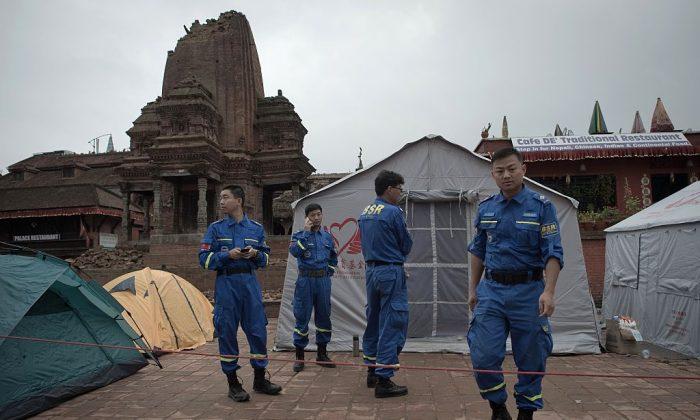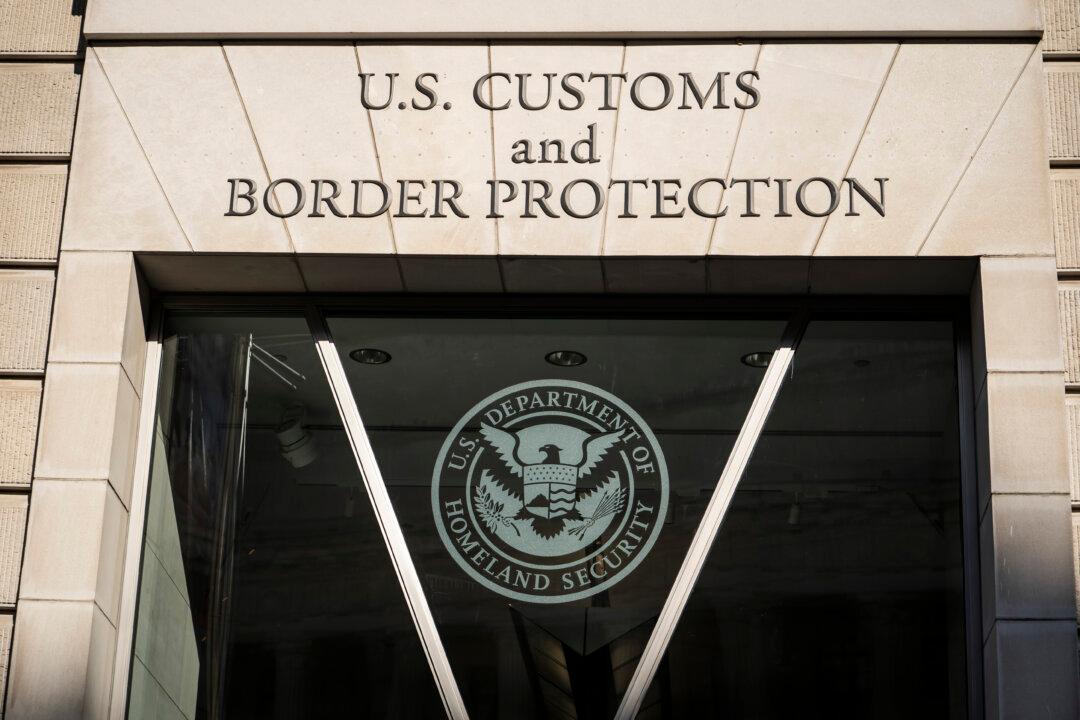In recent years, China has increased the number of humanitarian aid and disaster relief missions it participates in.
Behind the seemingly charitable effort, however, Beijing is using such missions to improve its military capabilities, while pushing its political agenda, according to a recent U.S. congressional report.
Botched Missions
One example was the disaster relief mission in Nepal following a magnitude 7.8 earthquake that occurred on April 25, 2015. The eventual death toll was close to 9,000 people.According to the USCC report, the Nepal government divided the quake-hit areas into three sections, for China, India, and the United States to lead the disaster relief effort in the designated areas.
When civilian aid organizations in China’s section claimed that there was a “critical shortage of vertical lift needed”—meaning a shortage of aircraft that can take off without the need for a runway—Chinese military on the ground denied that there was such shortage.
The Chinese military, formally known as the People’s Liberation Army (PLA), treated its section “like sovereign territory, rather than an area where they would lead the coordination of response.”
The report, citing an unnamed former official in the Pentagon, stated that Chinese aid responders were “more concerned with the potential poor reflection on Beijing of U.S. aircraft operating in their sector than with saving lives.”
The USCC report pointed out that Beijing’s aid ship arrived more than two weeks after the typhoon made landfall, whereas U.S. military personnel were on the scene two days after the typhoon hit, and Japan arrived four days after landfall.
“Most observers linked the minimal and delayed response to tensions with Manila over South China Sea sovereignty claims,” the report said.
“Beijing has proven willing to allow political considerations to outweigh humanitarian needs, suggesting Chinese leaders may view HA/DR less as a global good than an instrument of influence,” the report concluded, noting that Chinese officials have spoken publicly about the need to portray China as a “responsible stakeholder” internationally.
The Chinese regime also delayed aid efforts for its democratic neighbor Taiwan, which it views as part of its territory, despite the island being self-ruled. In September 1999, it refused to allow a Russian emergency team to fly through its air space en route to Taiwan, after the island was hit with a magnitude 7.6 earthquake.
Military
The USCC also found that Beijing exploited international aid missions “to learn combat skills from and gather intelligence on advanced militaries, particularly the United States and its allies and partners,” the report stated.The report pointed to a 2013 edition of “The Science of Military Strategy,” a book published by the PLA’s Academy of Military Science, that revealed China’s intention to use noncombat operations to advance its military capability.
“PLA can use them [HA/DR and other noncombat operations] as an opportunity to test its organizational and command capabilities and examine and enhance its combat readiness,” the report stated, regarding a section of the 2013 PLA book.
The National Defense Authorization Act for Fiscal Year 2000 prohibits the U.S. military from engaging with the Chinese military in ways that would result in enhancing the latter’s combat capabilities. However, the law contains an exception allowing for the two nations to carry out humanitarian operations or exercises.
Currently, China and the United States conduct a number of exchanges and exercises related to humanitarian aid and disaster relief, including the U.S.-China Disaster Management Exchange, an annual drill held between the U.S. Army Pacific and People’s Liberation Army to practice search-and-rescue operations.
So far, the Pentagon hasn’t identified such contacts as posing a national security risk to the United States. But the report warned: “The PLA almost certainly treats these exchanges as valuable opportunities ... and has routinely requested the U.S. side include information or drills, such a rapid runway repair, that have direct combat applications.”
Since 2011, the PLA has also conducted exercises with Australia, Cambodia, Germany, India, Malaysia, and New Zealand, according to the report.





